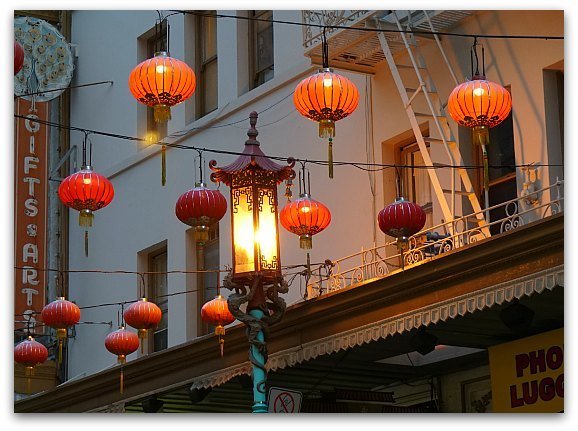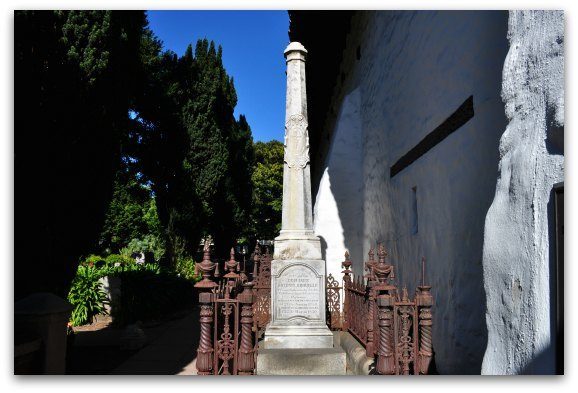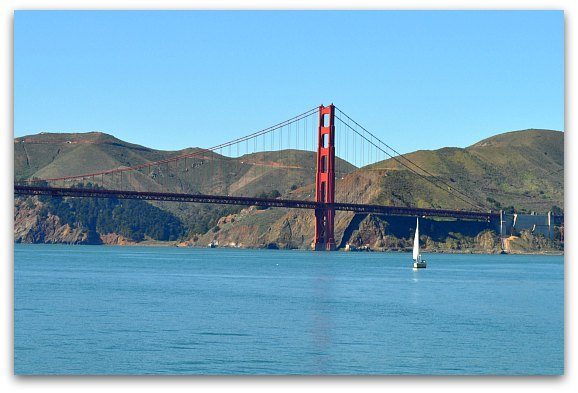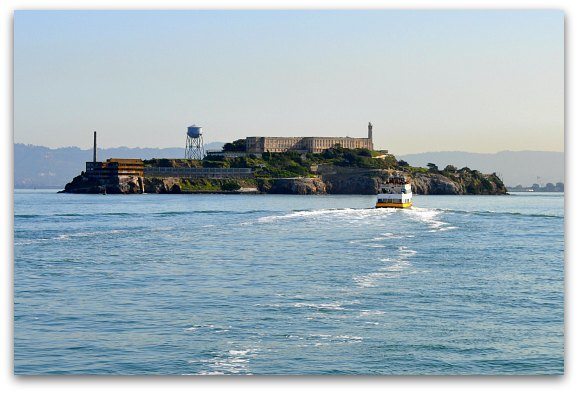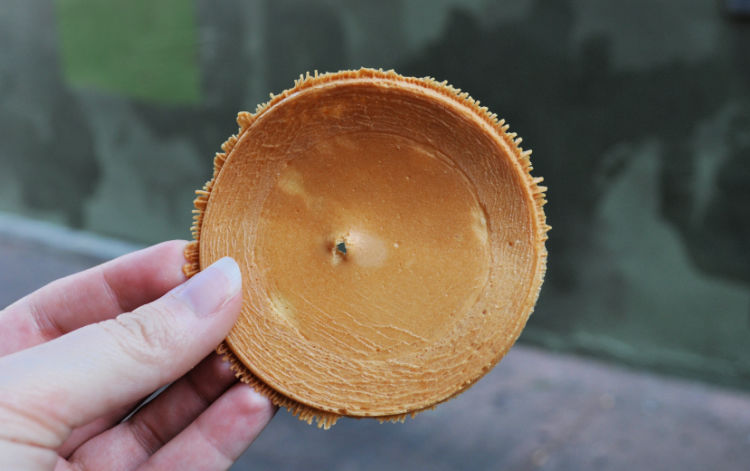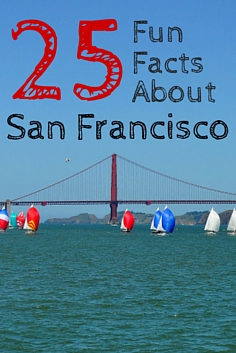SIGN UP FOR MY EMAIL TO RECEIVE YOUR FREE SAN FRANCISCO PLANNING GUIDE.
- Home
- Attractions
- 25 Fun Facts
25 Things You Probably Did Not Know About San Francisco
By: Jill Loeffler • Updated: June 2, 2025
How about some San Francisco trivia? Read on to discover 25 things you probably did not know about San Francisco. This list of San Francisco facts comes from the research I do to keep this site up-to-date.
I love to know everything that's happening in the city, so I often go on tours, visit the local museums, and read up on our history. That's what inspired me to share these fun facts about San Francisco with you.
SFTourismTips is made possible by readers like you! If you book through my links, I may earn a small commission at no extra cost to you. Thanks for your support! Learn more.
25 Interesting Facts about San Francisco
1. SF Wasn't Always Called San Francisco
Let's start our San Francisco fun facts with its little-known original name. Before it was renamed San Francisco, this small city was called Yerba Buena, meaning "good herb" in Spanish, for the plant that grew abundantly around the Bay Area.
The settlement was founded in 1776 but was renamed in 1846. Portsmouth Square in today's Chinatown was the location of the first public square of Yerba Buena.
2. The OG of Chinatowns
Fun facts about Chinatown, San Francisco: it's one of the largest Chinese communities outside of Asia and the oldest Chinatown in North America. The bustling neighborhood spans approximately 1 by 1.5 miles. It's the most densely populated area in the US (west of New York City), housing four times more people per acre than the rest of the city.
>> Sample some of the tasty traditional dishes on this fun Chinatown tour
3. There's a Strong Japanese Legacy, Too
Another interesting fact about San Francisco's ethnic populations is that its Japantown is the largest and oldest in the United States. It's one of only a handful of Japantowns that still remain around the country. Learn more about the neighborhood known as Nihonmachi on this self-guided tour.
4. Ancient Treasures Live Here
The Asian Art Museum has artwork that spans the millennia, with the oldest piece from around 2200 BC. You will find this treasure in the China exhibit.
>> Save money on the Asian Art Museum and 35+ other attractions by using the Go Card
5. The "Seven" Hills of San Francisco
The city is built on dozens of hills. The proverbial "city of seven hills" includes well-known places such as Russian Hill, Nob Hill, Telegraph Hill, and Twin Peaks, but in total, there are more than 50 named hills. The exact number is up for debate. A few of the lesser-known ones are Golden Mine Hill, Excelsior Heights, and Tank Hill.
6. Sharks in the Water?
Our hockey team may be called the San Jose Sharks, but they're the only ones in the Bay Area that pose a threat.
There aren't actually any man-eating sharks in the San Francisco Bay. While there are sharks that live in the bay, most are small and not very dangerous. There are numerous great white sharks that live close by in the Pacific Ocean, but they rarely make their way into the bay.
Fun Bay Area fact: A great white was spotted feeding in the SF Bay and caught on camera for the first time in October 2015!
Fantastic Ways to Explore the SF Bay Waters
7. A World-Class Wine Destination
SF is home to the largest competition of American wines in the world. The annual Chronicle Wine Competition is held every February. You can sample the winners and other entrants at the public tasting held a few weeks after the winners are announced.
>> Find the best places to do some wine tasting in San Francisco year-round
8. City of Filmophiles
In addition to loving wine, the locals also love independent films. SF is home to more than 50 film festivals each year. Some are large international festivals. Others are smaller with a very focused film offering, such as the Greek Film Festival, the Jewish Film Festival, and the American Indian Film Festival.
9. Only the Living
You are not allowed to bury your dead within the city limits. Because of this restriction, only two cemeteries remain: one is behind the Mission San Francisco de Asis, and the other is the National Cemetery in the Presidio.
One of the historical facts about San Francisco is that in 1902, the board of supervisors voted to stop all burials within the city limits due to space issues. To make more room, they then decided to move the current graves down to Colma. This move took place between the 1920s and the 1940s.
So if there's not enough space for the dead, then just how big is San Francisco? The city is roughly 7 miles wide by 7 miles long. In other words, it's very compact! Thanks to its small size, it is really easy to see San Francisco in just one day.
10. A Truly International City
The United Nations Charter was signed in San Francisco. It was signed in the War Memorial Performing Arts Center in the Civic Center District on June 26, 1945.
Today, you can attend a show in this beautiful and historic venue. Check what's on during your visit.
11. Seismic Hotspot
Another fun Bay Area fact is that there are hundreds of earthquakes every year here. However, most are so small (less than a 3.0 on the Richter scale) that you cannot feel them, and they aren't often discussed. Find out what causes them.
Ever wondered what it feels like to be in an earthquake? Step into the Shake House at our most popular museum, the California Academy of Sciences. (Get your skip-the-line tickets here.)
12. The Great Earthquake and Fire of 1906
It wasn't the earthquake that did most of the damage in 1906. The fires that started after the earthquake caused about 90% of the damage to the city.
13. The Great Comeback
The Panama Pacific Exposition in 1915 was the rebirth of San Francisco after the devastating 1906 Earthquake. It allowed the city to rebuild and demonstrate that it was once again an international city. Almost 19 million people from around the world attended this nine-month event.
Head over to the Palace of Fine Arts to explore the best remaining relic of that world fair. It's free to walk around and admire, but you can also attend a show here.
14. The Accidental Color for the Golden Gate Bridge
One of my favorite San Francisco fun facts is the accidental color choice of the Golden Gate Bridge, called International Orange. It wasn't a color from the original list of options. It was the primer used to protect the steel for the bridge during transit, and the architect loved it more than the other options, so he selected it as the official color.
15. The Almost Black-and-Yellow Golden Gate Bridge
Instead of a solid color, the US Navy wanted the Golden Gate Bridge to be painted in black and yellow stripes. They thought it would make the bridge easier to see through the fog, especially if it was under attack.
16. Couldn't Be Too Safe
From all of my trips to Alcatraz, I've learned lots of interesting facts about San Francisco's former inmates. One is that Al Capone arrived by train to Alcatraz. The warden at the time was so worried about security that they loaded the train car onto a barge instead of unloading the prisoners from the train and moving them to a boat.
Capone was the main reason, as they felt he might attempt an escape or cause trouble if he were removed from the train car prior to it reaching Alcatraz.
Fascinated by this maximum-security island prison? Hear about the chilling escape attempts on this 90-minute Escape From the Rock Cruise, which sails under the Golden Gate Bridge and takes you full circle around Alcatraz Island for excellent views and an up-close look at what it would have meant for criminals like Al Capone to brave these waters.
17. Seeing Through the Fog
SF is NOT the foggiest place in the US; that honor goes to our friends to the north, Point Reyes. They are not only the foggiest place in the US, but also in North America.
We do get our fair share of fog here, though. We are covered in it more than 100 days a year, with July and August being the foggiest months.
Make sure to pack: A lightweight, foldable windbreaker to stay warm and dry when you head out into the fog on the Golden Gate Bridge or on the bay waters. This women's packable jacket and men's packable jacket on Amazon are easy layers to add or remove with SF's changing weather.
18. Small But Mighty
Another cool fact about San Francisco is that it is not a large city. There are only around 870,000 people living in the city and county of San Francisco. However, the entire Bay Area is home to more than 7 million people.
19. A Culinary Paradise
Lucky for locals and visitors alike, one great thing about San Francisco is that you will never run out of new restaurants to try here. At any given time, there are nearly 4,000 restaurants open in SF.
Top Food Tours of San Francisco (Skip the Lines!)
20. The Origins of Talent
Another interesting thing about San Francisco is that many famous people were born here. Here is a list of some of the most famous:
- Aishea Tyler, Actor, 1970
- Alicia Silverstone, Actor, 1976
- Ansel Adams, Photographer & Environmentalist, 1902
- Bruce Lee, Actor, 1940
- Clint Eastwood, Actor/Director, 1930
- Danny Glover, Actor, 1946
- Jerry Garcia, Musician, 1942
- Natalie Wood, Actor, 1938
- Robert Frost, Poet, 1874
21. The Birthplace of TV
Impress your friends with this San Francisco trivia: The first electric TV was invented in SF in 1927 by Philio Farnsworth. His working lab was at 202 Green Street.
22. Where Fortunes Are Made
Makoto Hagiwara of San Francisco is known as the creator of the modern-day fortune cookie. He was the first person in the US to serve it in his tea garden in the late 1890s. He is also the person behind the famous Japanese Tea Garden in SF's Golden Gate Park.
23. The Value of Flexibility
Joseph B. Friedman invented the bendy straw in San Francisco. He observed his daughter's frustration when she tried to drink out of a straight straw and came up with this invention to make it easier for her. He received a patent on it in 1937.
24. Depression-Defying Tenacity
In the midst of the Great Depression, it took only four years to build the Golden Gate Bridge (1933 - 1937). Once believed impossible to construct, this engineering marvel became the longest suspension bridge in the world at the time.
To put things in perspective, the recent rebuilding of the Oakland side of the Bay Bridge took 11 years (2002 - 2013).
25. Farewell to the Fab Four
San Francisco's Candlestick Park (formerly the 49ers home football stadium) was the site of The Beatles last-ever concert in 1966. Only 25,000 people attended, despite the venue having space for 42,000.
Now, are you ready to take your fun facts about SF with you as you tour around the city? Go out and discover more! As always, let me know if there's anything I can do to help you prepare for your trip to this awesome city.
Great Deals to Tour the City
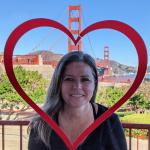
Hi, I’m Jill!
I’ve been sharing San Francisco travel advice since 2009 and have helped millions of people explore the city like a local. Whether you’re dreaming of sea lions, cable cars, or a great sourdough bread bowl, I’m here to help you plan an unforgettable trip with real tips from someone who actually lives here.
Comments? Questions? Suggestions?
I would love for you to join me in my private Facebook group!
It's a great place to interact with me and others who are familiar with the area.
You can ask questions, get advice for your upcoming stay, and then share your photos and advice with others when you return home. It's a great community and the fastest way to get answers to those nagging questions about your visit!
